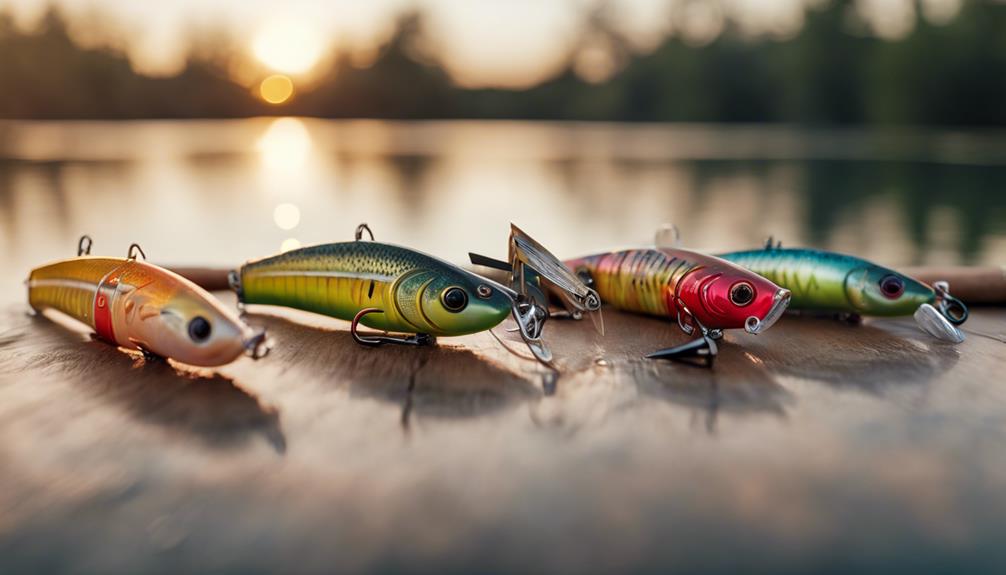Fly fishing is an art that combines patience, skill, and the right equipment. Among the most critical components of this sport are fly fishing rods and reels. Understanding the nuances of different rods and reels can significantly enhance your fly fishing experience. This comprehensive guide will explore the various types of fly fishing rods and reels, helping you make informed decisions for your next fishing adventure.
Understanding Fly Fishing Rods
When it comes to fly fishing, the rod is the primary tool that determines casting distance, accuracy, and overall performance. Fly fishing rods are typically longer and more flexible than conventional fishing rods, allowing for delicate presentations of flies. They are categorized based on their weight, action, and length. The weight of a fly rod is measured in grains and determines the size of the flies you can cast. A lighter rod (3-5 weight) is ideal for small streams and delicate flies, while heavier rods (6-10 weight) are better suited for larger waters and bigger fish such as bass or salmon.
Choosing the Right Fly Fishing Reel
Selecting the right fly fishing reel is just as crucial as choosing the perfect rod. Fly fishing reels come in various styles, including single-action and multi-action models. The main function of a reel is to store line and help manage the fish once it is hooked. A quality fly reel should have a smooth drag system that allows for easy line retrieval while providing resistance against powerful fish. When choosing a reel, consider the weight of your fly rod. A balanced setup is essential for optimal performance.
Types of Fly Fishing Rods: A Closer Look
There are various types of fly fishing rods available, each designed for specific fishing conditions and techniques. The most common types include:
1. Single-Handed Rods: These rods are versatile and can be used in various fishing situations. They typically range from 7 to 9 feet in length.
2. Double-Handed Rods: Also known as spey rods, double-handed rods are longer (typically 12 to 16 feet) and are designed for casting heavier lines over larger bodies of water, making them ideal for salmon fishing.
3. Tenkara Rods: Originating from Japan, Tenkara rods are lightweight and telescopic, making them perfect for small streams and minimalist fishing.
4. Switch Rods: These versatile rods can be used as both single-handed and double-handed rods, offering flexibility for various fishing techniques.
Understanding the differences between these types of fly fishing rods will help you choose the right one for your fishing needs.
Fly Rod Action: What You Need to Know
The action of a fly rod refers to how much the rod bends during a cast. There are three main types of action: fast, medium, and slow. Fast action rods bend primarily at the tip and are ideal for long-distance casting and windy conditions. Medium action rods offer a good balance between flexibility and strength, making them suitable for a range of fishing scenarios. Slow action rods bend throughout the entire length, providing greater sensitivity and better accuracy for short casts. Depending on your fishing style and environment, selecting the right rod action can significantly influence your success on the water.
Fly Fishing Reels: Maintenance and Care
Proper maintenance of your fly fishing reels is essential for longevity and performance. After each fishing trip, it’s important to rinse your reel with fresh water to remove any dirt, sand, or salt that may have accumulated. Allow the reel to dry completely before storing it in a protective case. Regularly check the drag system and lubrication, ensuring that everything functions smoothly. If you fish in saltwater, consider replacing the drag washers with corrosion-resistant materials for added durability.
Matching Fly Rods and Reels: The Perfect Pairing
To maximize your fly fishing experience, it’s essential to match your rod and reel properly. The weight of your reel should correspond to the weight of your rod. For instance, if you have a 5-weight rod, you should pair it with a 5-weight reel. This matching ensures that the rod and reel work harmoniously, allowing for smooth casts and effective line management. Additionally, consider the type of fishing you’ll be doing. If you’re targeting larger fish, opt for a heavier reel with a robust drag system to handle the increased strain.
Understanding Fly Lines: A Key Component of Fly Fishing
While fly fishing rods and reels are crucial, the fly line is equally important. Fly lines are designed to carry the fly to the desired location and maintain tension when a fish is hooked. There are various types of fly lines, including floating, sinking, and intermediate lines. Floating lines are ideal for surface flies, while sinking lines are used for deeper presentations. Understanding the different types of fly lines and their applications will help you choose the right combination for your fishing conditions.
Conclusion: Elevate Your Fly Fishing Experience
Investing in quality fly fishing rods and reels can greatly enhance your overall fishing experience. By understanding the different types of rods and reels, their actions, and the importance of matching them correctly, you can improve your casting technique and increase your chances of landing that prized catch. Whether you’re a beginner or an experienced angler, taking the time to learn about fly fishing gear will pay off in the long run. So gear up, head out to your favorite fishing spot, and enjoy the art of fly fishing!
By following this guide, you’ll be well on your way to mastering the essentials of fly fishing rods and reels. Happy fishing!
